33
Guarding the Memory: Photographic Glass Plates Negatives’ Boxes
Mirka Palioura, Spyridoula Pyrpili, Myrto Vouleli
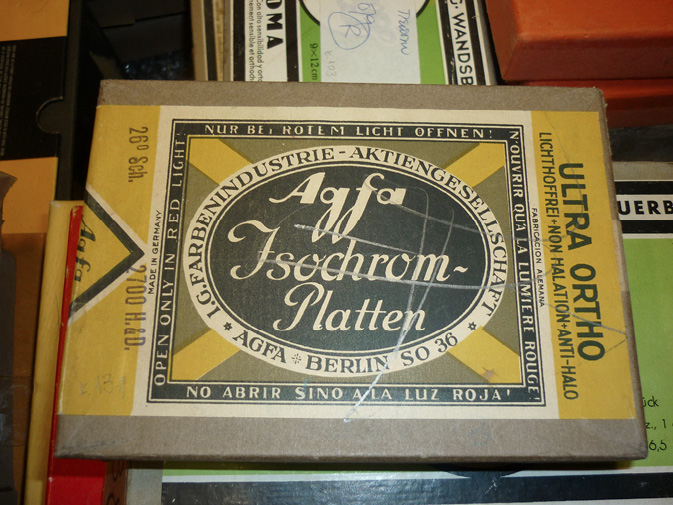
Fig. 33.1 Box by Agfa, Germany. Photographic Archive, Benaki Museum, Athens, Greece
Box: cardboard packaging of photographic negatives/commercial containers of glass plates. Size and shape: 13 x 18 cm, rectangular. Colour: various. Behaviour: tensile. Habitat: photographic studios, archives. Distribution: Greece. Migration: from England, Germany, France, Italy, to Greece. Status: usually imported by many professional photographers. Practices: glass plates’ first users (amateur and professional photographers), and the scientists (archaeologists, historians, archivists) who used and categorised them kept handwritten notes on the external surface of the box, on the labels.
Key words: encasing, preserving, protecting, recording, reconfiguring, informing
It was a most felicitous occasion that brought the three of us together a few years after our previous collaboration in the Byzantine & Christian Museum (BCM) in Athens, a conservator, an art historian, and a museologist. As former colleagues in the BCM’s Photographic Collection we now share common and rather fond memories, especially of the ‘magical’ moment when we found in the museum’s depository the collection of photographic glass plates negatives’ boxes while working on the documentation and digitisation of the BCM’s Photographic Archive. In the present paper we have had the opportunity to further develop an idea which emerged through our professional cooperation.
From all the photographic collection’s material we were fascinated by the photographic glass plates negatives’ boxes. We have had the opportunity to see and examine them closely, so we consider them as an unknown voice from the past to us, not only because they are rare and special objects, but also because they are objects in the service of photography.
Photography’s value rests upon its visual content, or else upon the image created on its surface. It is, however, important to consider photographs, not as passive ‘resources’ without identity, but as material which meditates social relations between people and things; photographs are thus ‘resourceful’ objects which can give us the potential to interpret the dynamic relations between persons and objects. Photographs reveal traces of the line of their production in a specific historical frame, and traces of the persons who acquired, owned, stored, displayed, and collected them (Edwards 2009: 47–49).
Photography, to us, expresses exactly the need to commit something to memory, to leave an indelible mark on the mind of others that is actually ‘encased’ in photography. It is thus a ‘magical’ and universally accessible way of perpetuating the existence of experiences, faces, or events by means of a two-dimensional surface. Susan Sontag (1973) formulated this process rather aptly by suggesting that photographic images preserve a large part of our knowledge of the past and shape our notion of the present. The awareness of this process has always fascinated us, and that is why we were touched by the photographic glass plates negatives’ boxes – rare, fragile, and meaningful – and decided to outline their micro-history.
In the early years of photography its content was captured on glass plate negatives, kept to this day inside cardboard boxes. It could be said that they are the subject of photography’s ‘archaeology’. From the last quarter of the nineteenth until the first half of the twentieth centuries, such boxes were used for the transportation and safekeeping of these sensitive negatives.
In 1880, the American industrialist George Eastman (1854–1932) managed to produce glass plates on a mass scale. Thereafter it was only a matter of time before photography would spread around the world and introduce a revolutionary new way of creating art, documenting reality, and preserving or shaping individual and collective memories.
For several decades, easily produced cardboard boxes were the par excellence commercial containers of glass plates. Cardboard was a practical and affordable material, but, as it turned out, it was also perfectly adapted to the purpose for which it was chosen. Paradoxically, despite its frail nature it has endured over time: so far, glass plates have been preserved more or less intact inside such boxes, which are still ubiquitous in museums and private collections.
It seems reasonable to assume that in the early years companies opted for this type of container because it was the least costly and most functional solution. Cardboard boxes were ideal in many ways: easy to produce and move, they facilitated the dissemination of photography and became carriers of both a product and a captured ‘piece of memory’. This latter semantically loaded function was achieved only after the photosensitive plate was exposed to the reversed reflection of a fleeting visual reality. External light entering the camera obscura of the capturing device produced a memory fossil, chemically encoded on a glass surface.
During their production, glass plates were wrapped in paper and placed horizontally inside cardboard containers. This practice was common both in Greece and abroad. The original low-quality wrapping survives in most cases, but, contrary to its protective purpose, it often operated as a corrosive factor due to gradual polymerisation. The use of paper wrapping or paper envelopes having a high content of lignin (the part of wood without cellulose) resulted in the gradual oxidisation and deterioration of the glass plates’ photosensitive surface and, by interacting with the current environmental conditions, in the glass substrate’s chemical decay. These specific paper wrappings or envelopes, although they were not designed for long-term protection, were used by photographers to store the used glass plates in the cardboard boxes (Lavèdrine 2003).
Consequently, boxes become ever more brittle over the years; their corners and edges are now worn down, and they no longer offer adequate protection against adverse environmental conditions. Glues and adhesive substances, once used to piece the boxes together, are now oxidising; they acquire a brown hue and cause further discolouration of the glass plates. But despite their material, which in part catalyses chemical decay, these cardboard boxes have done a relatively good job of preserving their content.
Such containers are of specific interest to us, given our studies and research interests in material culture, not only because of the protection they offered to the photographic plates, but also as industrial products per se. Nowadays, they are mostly to be found in museum storage areas or private collections, and are normally preserved in good condition, regardless of their flimsy material.
It is quite possible that these boxes would not have survived if it were not for their function as glass plate containers. Normally, they do not attract attention, stored as they are in drawers, closets, or larger boxes away from public view (Figure 33.1). They have come down to us because museums and private collectors, although they are interested solely in their content and not in the boxes’ intrinsic character, preserve this packaging on the grounds that it constitutes part of the history of the archival material it contains.
The awareness of Greek museums with respect to less sensational facets of material culture is increasing. The role of technology as a powerful driver of culture is no longer underestimated, and the industrial and commercial products of the past are studied and brought to the fore. Today the boxes are mostly deposited in public and private collections of photographic material (the Byzantine & Christian Museum, the Benaki Museum, the Hellenic Literary and Historical Archive, the Historical Archive of the National Bank, the Alkis Xanthakis Collection); they are concrete and compact testimonia as an annexe to the more important content tracing the development of photographic activity in Greece.
Many professional photographers and paper trade/photographic product trade companies imported photographic plates, especially glass ones, to Greece. Our first available information about them is an advertisement from (circa) 1900. The photographic products store of Dimitris Ntoulis (importer) in Athens sold papers and glass plates of the Imperial Company. Politis, French importer and commercial agent of photographic products, having his store in 37, Ermou st. in 1920–1930, sold glass plates and papers (of the Lumière Company). Agfa-Leitz Company’s German importer and commercial agent, Venzlaff, cooperated with photographers in 1925. Georgios Kogetsof had a store of photographic products from 1922 to 1945, while Hauff’s general importer of glass plates and papers, P. Manolidis, had his store of photographic products at 4 Aggelou Vlachou st. from 1930 to 1946. D. I. Kandreotis, importer, sold products of the GEVEART Company in 1946. Certainly one of the oldest import companies of photographic products in Greece was Pallis and Kotzias Company (1870–1930), which sold glass plates and photographic papers at its store in 8, Ermou St. The only company having its own store in Greece from 1920 to 1940 was Kodak, based at 18, Stadiou St. In 1964, the Kodak Company reopened its store in Alexandras avenue, not only for the sale of films and papers, but also for photo editing (Xanthakis 2015).
Despite frequent dispersal, damage, or destruction, a substantial number of these stores’ photographic objects have survived. Unfortunately, they are more than often undated, and the same holds true for the vast majority of glass plate negatives.
Be that as it may, cardboard glass plate containers form part of our material culture and can be studied from different points of view. Such perspectives can originate from more nuanced theories that view material objects as physical traces of memory (Freud 1925: 207), or as vestiges of earlier epochs to be read as indices of past events (Jones 2007: 18). Therefore, they possess both a material and a representational character. They contributed to the dissemination of the photographic technique, and now form a largely untapped source of information, carrying bits of memory either οn the surfaces of the glass plates contained therein or on the labels glued to their exterior surfaces. Finally, they envelope collective memory when it comes to the technical evolution of photography itself.
These cardboard containers are material traces of past actions. They physically ‘encase’ memory through their use and alteration (Jones 2007: 21). In this respect they are ‘imbued’ with informative-documentary value.
As objects and at the same time agents of semantic value, boxes convey meaning in multiple ways. Τhey encapsulate traces of the past and provide a physical space for experiencing memory (Jones 2007); they do not store memory as much as protect it. If we accept that objects act as mnemonic aids, then how do these particular glass plate boxes become conveyors of memory? Do they perform their mnemonic function through materiality? In other words, how is it that glass plate boxes speak to us? How do they participate in the process of reconstructing the past material culture through their museum use? The above questions lead to the examination of the different elements and connotations carried on the photographic boxes (Burke 2001).
In contrast to the boxes’ interiors, which engender emotions born from the variety of subjects depicted on – and the visual stimuli captured in – the negatives, their exteriors acquire a stable and repetitive form, pertinent to the information imparted. This tension, resulting from the bipolarity of the container and the contained, corresponds to the personal and impersonal character of the elements presented. It creates, as it were, both an external, but ‘closed’, or else, an impersonal and clearly delineated system, lacking in pronounced emotional connotations and, on the other hand, an internal and ‘open’, or else, a personal and emotional system. What is more, the difference between the two lies in the tangibility of the container and the ‘visuality’ of the contained, and corresponds nicely to the dichotomy of the sign, which is composed of the signifier and the signified.
Yet another point of departure between the container and the contained has to do with the presence of external ‘textuality’ and its absence from the boxes’ interiors, where the subjects arrested on glass plate negatives are not textually but chemically encoded (relative to the constitution of the material [emulsion] covering the surface of the glass plate). This material embodiment enables the visual imprint of a theme. Of course, discrepancies do not cease at this level; in fact, they go even further, since labels served as visual records of the evolving aesthetic tendencies in the history of graphic design. On these small coloured surfaces various constituents of material culture can be studied and ‘read’. These tiny elements carry the memory of a composite past through a slice of space and time, in such a way that a symbolic space is emanated where visuality meets physicality. They certify values produced to impose objects onto our consumerist culture (Burke 2001). Photographic boxes, even though they carry this varied information, have not been a subject for study and display in Greece till today.
The informative character of the boxes with regard to photographic techniques features prominently on the labels attached: Gelatino – Bromure d’ Argent (Jougla), Extra Rapid (Agfa), Ultra Rapid (Hauff), Anti Halo (Gevaert), Orthochrom (Schleussner), Isochrom (Agfa), and others.
The production company’s country of origin occupies a secondary position on the labels (Ilford, Kodak, and Wellington came from England, Richard Jahr, R. Stock, Otto Perutz, Hauff, Gevaert hailed from Germany; Jougla, Lumière, and Grieshaber from France; Lastre Cappelli from Italy, and so on), and the emulsion lots are always distinctly marked to facilitate order placement (Figure 33.2).
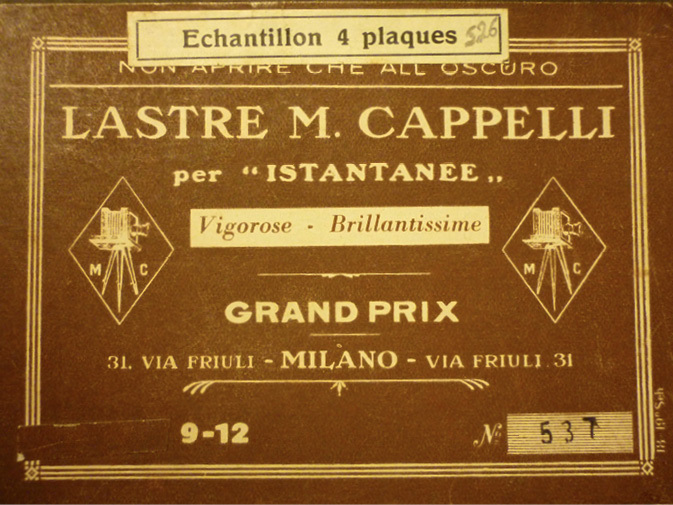
Fig. 33.2 Box by Lastre M. Cappelli, Italy. Alkis Xanthakis’s Collection, Athens, Greece
Company trademarks and foundation dates were symmetrically arranged and appeared twice on both lateral label borders. The factory’s picture featured prominently in the middle (Figure 33.3). Such illustrations alluded to a powerful and rather positivistic symbolism of industrial and technological progress (so characteristic of the late nineteenth and early twentieth-centuries’ capitalist mentality), thus hinting at the product’s quality. User instructions, glass plate dimensions, and all sorts of technical details filled the relatively small label with a multitude of information.
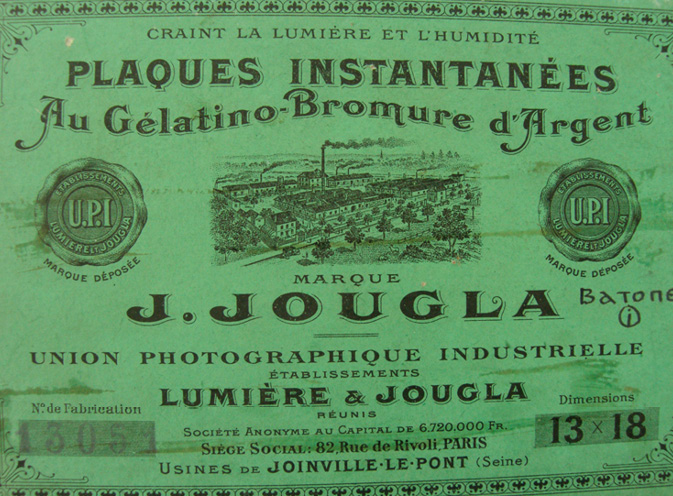
Fig. 33.3 Box by J. Jougla, France. Alkis Xanthakis’s Collection, Athens, Greece
Although they perhaps fall short of being real works of art, these labels captivate the viewer’s gaze by virtue of the complexity of their design, which often took the form of a visual arabesque expressed in terms of an almost simplistic or even pedantic horror vacui. Colours were uniformly stark, while decorative frames remained steadily evocative of the prevailing artistic trend of the time – with one example openly revealing its strong Art Nouveau influences. Each label was unique in terms of its aesthetic quality and language, which was consciously chosen by the manufacturing company (Figure 33.4). Yet another interesting aspect was the evocative reproduction of stereotypes – the way they are formed in the frame of the European collective imaginary – encountered on certain labels: intricate decorative elements and elegant fonts would prevail on French labels, whereas clear geometric lines and gothic fonts would set the tone on their German counterparts (Figure 33.5). As identity depends on the idea of memory and vice versa (Gillis 1994: 3–4), these elements are added in the representation or construction of the subjective rather than the objective European collective imaginary.
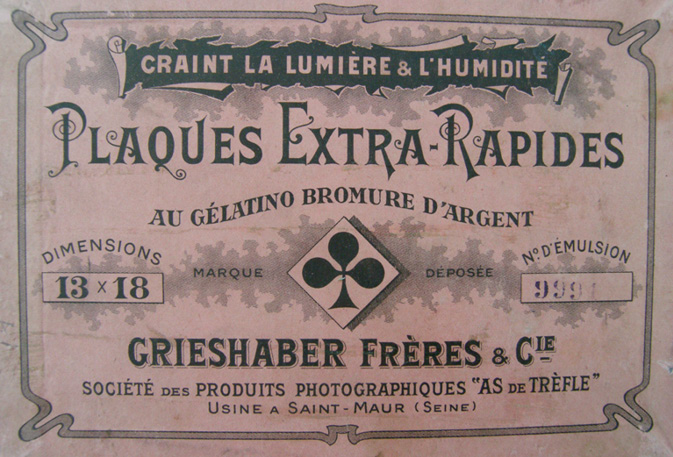
Fig. 33.4 Box by Grieshaber Frères & Cie, France. Alkis Xanthakis’s Collection, Athens, Greece
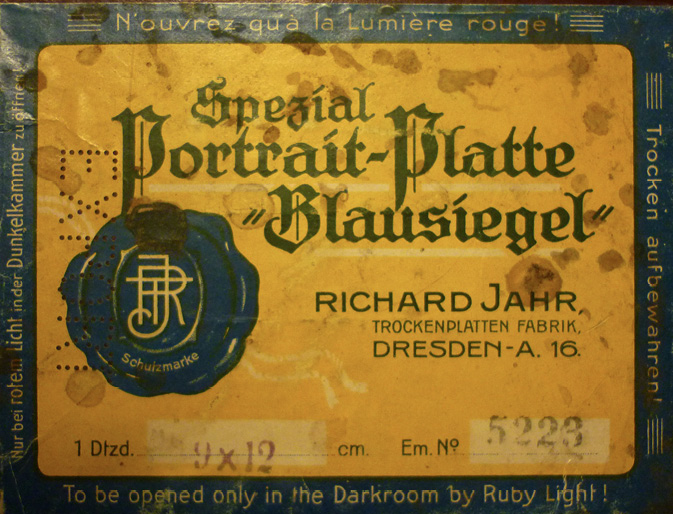
Fig. 33.5 Box by Richard Jahr, Germany. Alkis Xanthakis’s Collection, Athens, Greece
References to awards and quality distinctions in international exhibitions – quasi visual documents – added to the informative and commercial nature of labels, acting as symbolic capital. Differentiations in their design indicate the changing status of manufacturing companies – quite telling in this respect is the change on Jougla’s label after its merger with the Lumière company – and offer a whole new spectrum of pictorial interpretation possibilities.
As the history of an object is recorded by its wear and tear, historiographical layers as well as different levels of memory can be ‘read’ on these boxes. The fields for such ‘readings’ abound: glass plate negative images, box labels, hand written notes on the labels themselves or on small scraps of paper pasted on the containers – these often record subjects, persons, monuments, historical events, etc., captured on the plates. We notice therefore that memories residing on labels are often supplemented by the notes of photographers or editors, who kept a kind of ‘diary’ of the boxes’ contents. On characteristic examples of the boxes we can see handwritten notes of the photographic material’s user or researcher/archeologist/archivist, etc., who writes on the upper left side of the box the photographer’s name, as well as the number of the stored photographs (Figure 33.6), while on another box it is noted that the photographs are related to the Ancient Olympia Museum (Figure 33.7).
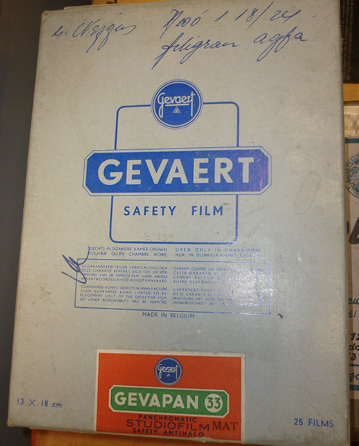
Fig. 33.6 Box by Gevaert, Belgium. Photographic Archive, Benaki Museum, Athens, Greece

Fig. 33.7 Box by Gevaert, Belgium. Photographic Archive, Benaki Museum, Athens, Greece
These simple taxonomic descriptions ‘ultimately shape histories, through the preserving contexts’ (Edwards and Hart 2004: 49). Based on this ascertainment, our contribution to the attempt to form collective memory is related to our professional identities and positions in institutions that manage archival material, artworks, and material culture’s vestiges more generally. Our scientific interests and elective affinities lead us to researching issues which add up to various versions of collective memory.
Memory provides a cognitive map that helps us understand ourselves and others (Eyerman 2004: 159–69). It involves both individual and collective identities. Cardboard photographic boxes envelope and protect a part of individual memory within, and a trace of collective human activity without. Their apparently passive nature (Edwards 2009: 47–56) narrates memory (Bal, Crewe and Spitzer 1999: viii), shapes our critical reflection, meets our tactile needs, and offers a wide range of different interpretative possibilities. It rests upon us to reclaim and exploit it.
References
Appadurai, A., ed., The Social Life of Things (Cambridge: Cambridge University Press, 1986).
Bal, M., J. Crewe and L. Spitzer, eds, Acts of Memory: Cultural Recall in the Present (Hanover and London: University Press of New England, 1999).
Batchen, G., Photography’s Objects (Albuquerque: University of New Mexico Art Museum, 1997).
Burke, P., Eyewitnessing: The Uses of Images as Historical Evidence (London: Reaktion Books, 2001).
Douglas, M., and Isherwood, B., The World of Goods: Towards Anthropology of Consumption (London: Allan Lane, 1978).
Edwards, E., ‘Photographs as Objects of Memory’ in M. Kwint, C. Breward, and J. Aynesley, eds, Material Memories (Oxford: Berg, 1999).
——, ‘Photographs: Material Form and the Dynamic Archive’, in Photo Archives and the Photographic Memory of Art History, Part II (Max-Planck-Institute, Florence-Italy, 29–31 October 2009), pp. 47–56.
Edwards, E., and J. Hart, eds, Photographs Objects Histories: On the Materiality of Images (London and New York: Routledge, 2004).
Eyerman, R., ‘The Past in the Present, Culture and the Transmission of Memory’, Acta Sociologica, 47.2 (June 2004): 159–69.
Freud, S., ‘A Note upon the “Mystic Writing Pad”’, in General Psychological Theory (Chapter XIII) (Collier Books, 1925).
Gillis, J., ed., Commemorations: The Politics of National Identity (Princeton: Princeton University Press, 1994).
Jones, A., Memory and Material Culture (Cambridge: University Press, 2007).
Kopytoff, I., ‘The Cultural Biography of Objects’, in A. Appadurai, ed., The Social Life of Things: Commodities in Cultural Perspective (Cambridge: Cambridge University Press, 1986).
Kwint, M., ‘Introduction: The Physical Past’, in M. Kwint, C. Breward, and J. Aynsley, ed., Material Memories (Oxford: Berg, 1999).
Lavèdrine, B., A Guide to the Preventive Conservation of Photograph Collections, second printing (J. Paul Getty Trust, 2003).
Parkin, D., ‘Mementoes as Transitional Objects in Human Displacement’, Journal of Material Culture, 4.3 (1999): 303–20.
Συλλογές Φωτογραφίας: από τις στρατηγικές στις πολιτικές, Διεθνές Συνέδριο, Μουσείο Φωτογραφίας Θεσσαλονίκης, Θεσσαλονίκη 12–14 December 2008 [Photographic collection: Strategies to Politics, International Conference, Museum of Photography Thessaloniki, Thessaloniki 12–14 December 2008].
Sontag, S., On Photography (New York: Farrar, Straus and Giroux, 1973).
Xanthakis, A., Λεξικό Φωτογράφων (1839–1960) Έλληνες φωτογράφοι και ξένοι φωτογράφοι στην Ελλάδα, εμπλουτισμένη ψηφιακή έκδοση (Οκτώβριος 2015), [Dictionary of Photographers (1839–1960) Greek and Foreigner Photographers in Greece, enriched digital version (October 2015)].